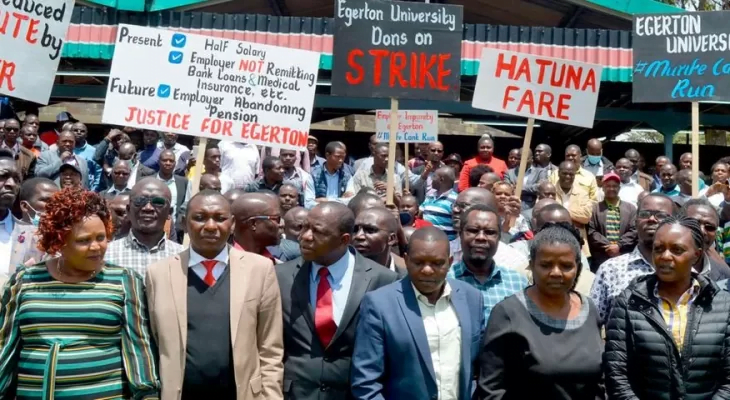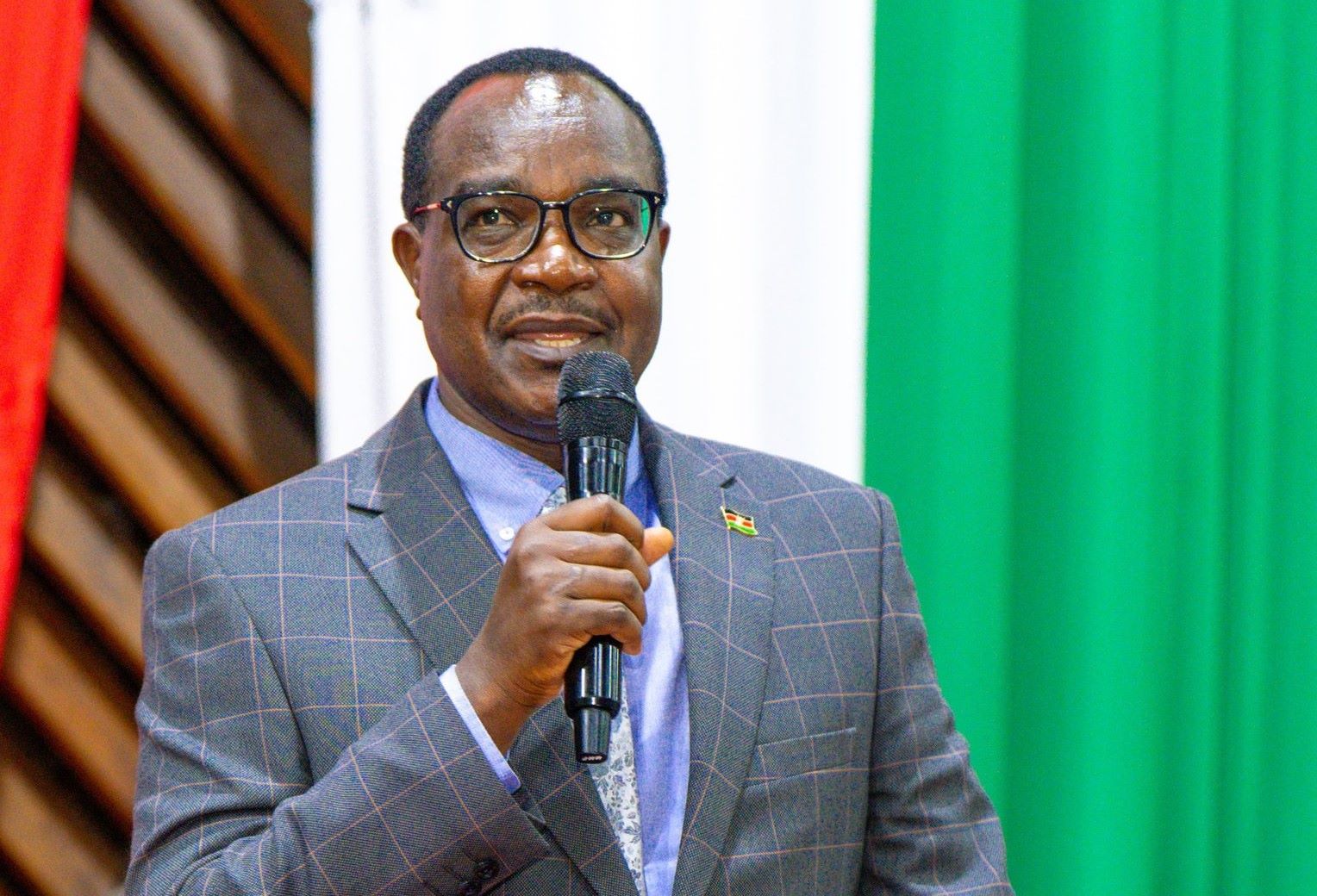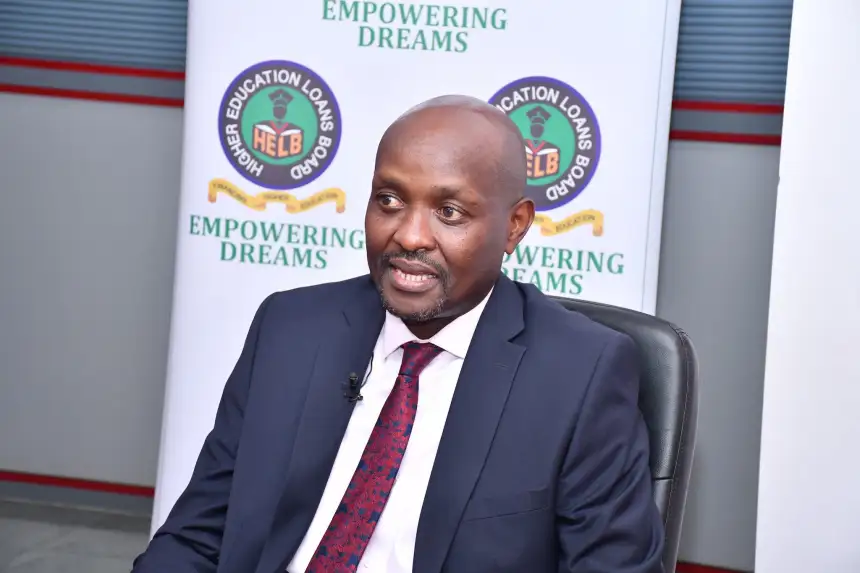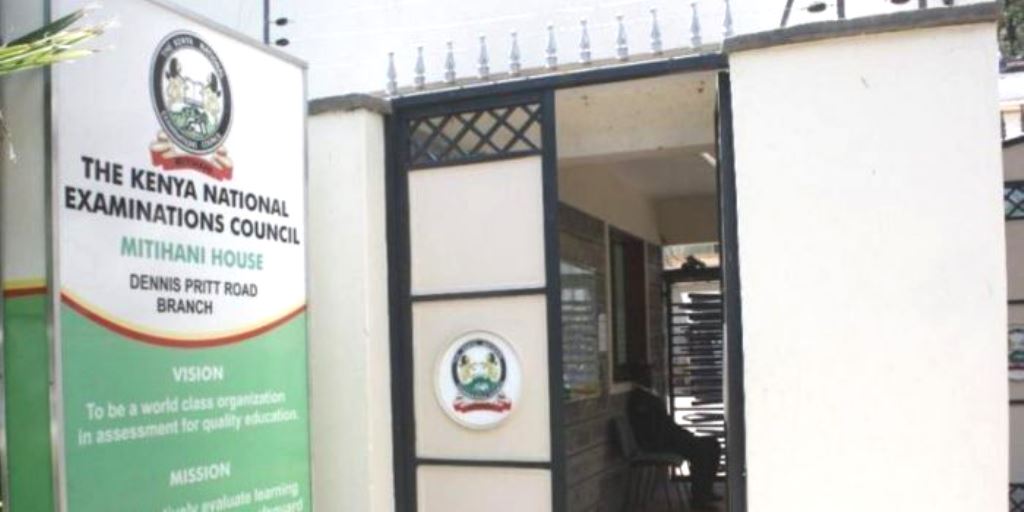Kenya’s public universities are at a standstill, with lecturers refusing to return to lecture halls, offices, and laboratories. The cause is not mere discontent—it is years of unfulfilled promises, unpaid arrears, and deep frustration over working conditions. Across campuses, students watch anxiously as the stalemate threatens the academic calendar, while lecturers demand recognition, respect, and the full implementation of agreements that have long been neglected.
University lecturers have taken a hard-line stand, paralyzing learning in many institutions. At the heart of this controversy is the tension over unpaid salary arrears and unfulfilled Collective Bargaining Agreements (CBAs), particularly the 2017–2021 and 2021–2025 agreements. For years, lecturers have engaged in negotiations with the hope that the government would honour these commitments. Yet, billions of shillings remain unpaid, and lecturers feel their patience has been met with repeated delays and piecemeal solutions.
The government, in an effort to resolve the dispute, has made several offers. For the 2021–2025 CBA, it committed to pay a total of Ksh 9.7 billion, releasing an initial tranche of Ksh 4.3 billion followed by Ksh 2.5 billion in a subsequent tranche. For the 2017–2021 CBA, the government acknowledges verified arrears of approximately Ksh 7.76 billion, while the union maintains that the total owed is Ksh 7.94 billion. Despite these offers, the lecturers have rejected phased payments, insisting that the full amounts be paid up front.
Some indication of the government’s proposed salaries per grade has been made available through the Salaries and Remuneration Commission (SRC) and parliamentary proceedings. Under these proposals, lower academic grades, such as Grade 10A and 11A, would receive a 10% increment, while higher grades, including Senior Lecturers, Associate Professors, and Professors, would receive 7% increments. While these increments show government goodwill, they fall short of the lecturers’ demands, which propose significantly higher basic salaries and allowances per grade.
ALSO READ:
CS Ogamba appeals to Lecturers to end strike, give room for talks
The gap is illustrated in the table below:
Grade & Role Current Basic Salary (Ksh) Government Offer / Increment (Ksh) Lecturers’ Demand (Basic + Allowances) (Ksh)
Grade 10A – Graduate / Research Assistant 63,647 +10% → 70,012- 86,594 + allowances (House, Car, Commuter)
Grade 11A – Assistant Lecturer / Tutorial Fellow / Junior Research Fellow 107,872 +10% → 118,659- 146,761 + allowances
Grade 12A – Lecturer / Research Fellow 121,928 +10% → 134,121- 165,884 + allowances
Grade 13A – Senior Lecturer / Senior Research Fellow 154,739 +7% → 165,576- 210,524 + allowances
Grade 14A – Associate Professor 193,182 +7% → 206,615- 262,824 + allowances
Professor 224,631 +7% → 240,346-305,610 + allowances
Allowance details (as per lecturers’ demands):
House allowance: Professors ~116,028; Associate Professors ~104,426; other grades scaled down proportionally. Car & commuter allowance: Full-time lecturers ~60,000; part-time lecturers ~20,000
Beyond financial disputes, lecturers decry heavy teaching workloads, limited research funding, inadequate infrastructure, and minimal job security. Many are employed on temporary contracts without access to medical insurance, housing allowances, or research grants. These conditions, combined with years of deferred promises, undermine both the lecturers’ welfare and the quality of education and research offered to students.
By taking a hard-line stance — refusing to teach or accept partial payments — the lecturers are sending a clear message: their expertise and dedication demand recognition. Full settlement of arrears, proper allowances, and the implementation of future CBAs are not optional; they are a prerequisite for restoring trust, safeguarding academic standards, and protecting the nation’s educational future.
The ongoing stalemate is more than a strike; it is a defining moment for Kenya’s higher education system. How the government responds will set the tone for respect, fairness, and accountability in public institutions for years to come. Failure to resolve this crisis swiftly risks not only academic delays but also the erosion of confidence in universities as pillars of national development. The lecturers’ stand is a wake-up call: sustainable education requires valuing and adequately compensating those who shape the nation’s minds.
By Hillary Muhalya
You can also follow our social media pages on Twitter: Education News KE and Facebook: Education News Newspaper for timely updates.
>>> Click here to stay up-to-date with trending regional stories
>>> Click here to read more informed opinions on the country’s education landscape






